WAVE — How Resilience Shines in This Ocean Inspired Verse Novel, a guest post by Diana Farid

WAVE (Cameron Kids, an imprint of Abrams, 2022) follows thirteen-year-old Ava, a 1987 Southern California surfer girl and music lover, who must chart a way to stay afloat as she starts high school, despite the pressures of racism, parental divorce, and the illness of a close friend.
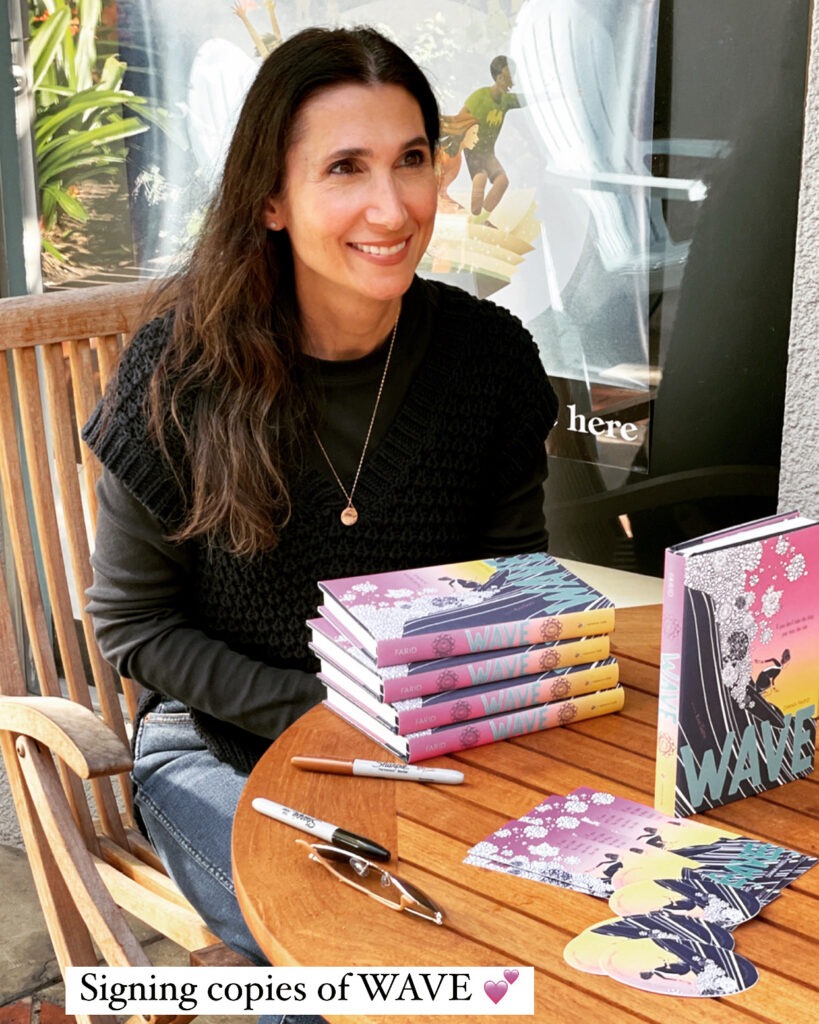
When I think of what it means to stay afloat, I think of resilience. I was moved to write WAVE because I had an inspiring vision of what waves can teach us about resilience. The ups and downs of life come and go, like ocean waves. They can propel us toward something better. They are often the source of our music and art. And ultimately life, including it’s waves, is a gift of an experience. The vision I had struck me so deeply that I had to paint it for the world, through poetry. Discovering a pearl of wisdom about hope and life and their connection to ocean waves and music, was too beautiful to not express — it’s a picture that ends up becoming one of the last scenes in WAVE!
ADVERTISEMENT
ADVERTISEMENT
The scene came to me as I was walking along the shore of the Pacific Ocean. I used to surf (badly), and always have loved the beach. Writing about the ocean and its waves felt natural. But that day, I was also thinking about the main character in WAVE, Ava, who is having a tough time dealing with some heavy issues: prejudice, a father that is physically and emotional distant, a mother who expects her to be a doctor even though Ava wants to sing, and her best friend Phoenix becoming sick again from a cancer thought to be long gone. What could pull Ava through? What pulls any of us through? Is there something a surfer and singer could show us about resilience?
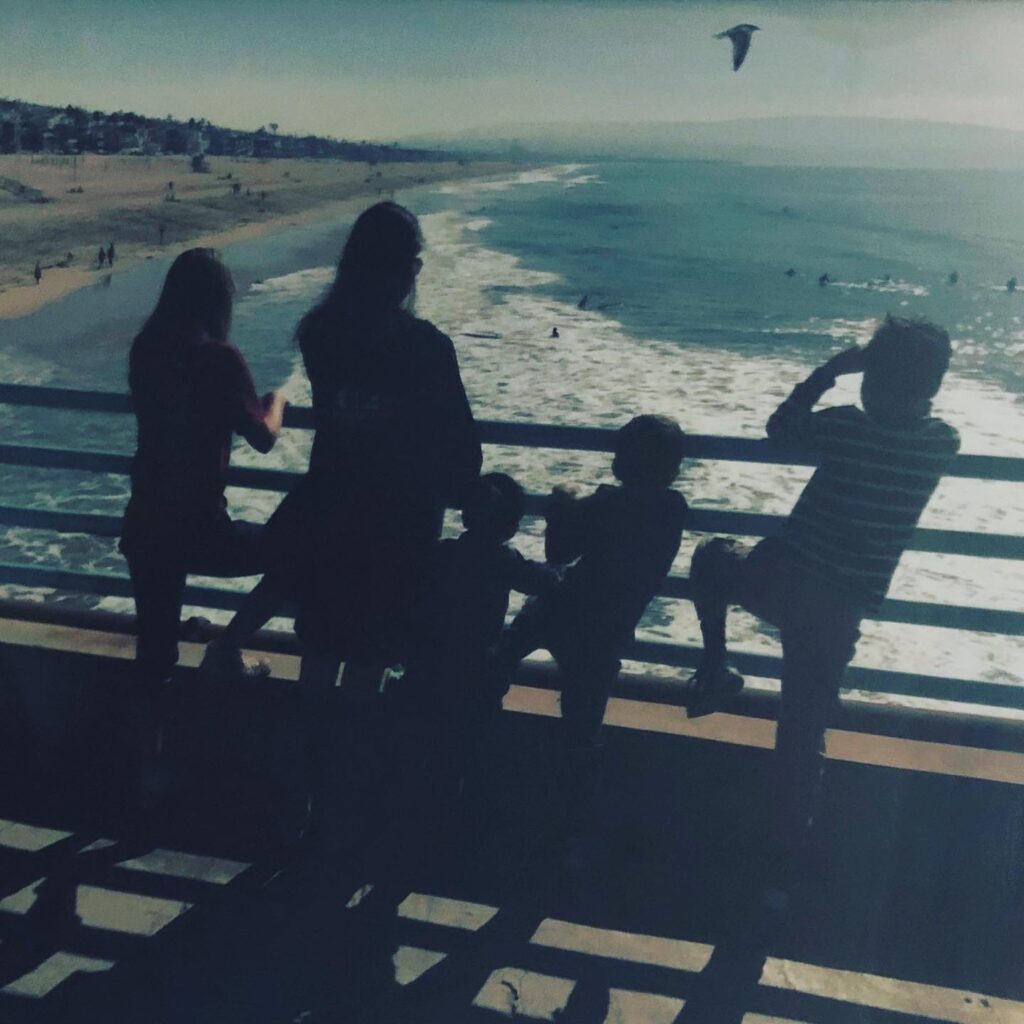
I was also thinking about my other job, as a physician for students who attend Stanford University, many of whom are not far removed from the age of middle grade readers. What resilience strategies do I wish my patients explored before getting to college that may have made what I am talking with them about today, in my exam room, a little easier? The American Psychological Association defines resilience as “the process and outcome of successfully adapting to difficult or challenging life experiences, especially through mental, emotional, and behavioral flexibility and adjustment to external and internal demands.”[1] Successfully adapting is based in part on our outlook, how we interact with the world, and coping strategies. Research shows that our adaption skills can be acquired and strengthened. If we learn those skills during a developmentally sensitive period such as adolescence (where middle grade and YA literature sits), that experience is more likely to have long term, even life-long effects.[2]
Ava navigates resilience skills in WAVE by discovering the wisdom inherent in a sport about riding waves, literal ups and downs, and the healing power of music and poetry, where notes and words reflect our emotional ups and downs. In WAVE, surfing, music, and poetry, swirl with the centuries old poetry of Rumi, Ava’s Persian culture, and popular 1980s music to create a surfing experience in book form. Often, the poems are shaped like waves, where their concrete form mirrors the feelings in the scene.
Here are a few examples of Ava coming across coping strategies that strengthen resilience, strategies that we can all consider when facing obstacles, and some of the science behind them:
* Find awe
Ava loves to sing, especially in her bedroom. During one of those sessions she describes:
“I close my eyes./I rock on the stage./I fall with the song/into the hollow/of the wave,/as it covers me with its curl./We ride the barrel toward the light.” (WAVE, pg. 11)
Here, Ava feels a sense of awe, described by Dacher Keltner, a psychologist at the University of California, Berkeley, as “the feeling of being in the presence of something vast that transcends your understanding of the world”[1]
Experiencing awe is good for us. It releases the hormone oxytocin, strengthening a sense of trust and bonding, it quiets negative self-talk, it deepens breathing, and calms the nervous system. Moreover, it can be experienced through simple, accessible actions, like meditation, awakening to and noticing the wonders already around us, making or experiencing art or music, like singing in one’s bedroom. Even just being in nature can awaken awe, and is reflected in one of the quotes of Rumi in WAVE:
“Just to be held by the ocean is the best luck/we could have.” (WAVE, pg. 275)
* Find connection
In one scene, Ava witnesses a patient get his blood drawn, then faints. Right before she faints, she thinks:
“All I can see is that color/of sunset fire,/rolling lava,/and red plums,/beneath his skin,/and the next patient’s,/it’s also/under/mine.” (WAVE, pg. 69)
Ava finds that we all have the same blood beneath us. We are not alone in our humanity.
Later, while singing to an audience, Ava feels seen and understood by an audience member, and that audience member also sees Ava. Ava’s sense of bonding through music is based in brain science that has found that the brain’s neurons fire in the frequency of the music being heard. So that when people listen to music together, their brain waves literally fire in sync.
Connecting with others while singing in a choir has been found to strengthen the immune system, and to decrease anxiety and depression.[2] In WAVE, while Ava sings with her choir, she notices “Each note’s a stitch./I’m a cut, getting mended.” (WAVE, pg. 73)
* Gratitude, even for our breath
Practicing gratitude regularly can help build resilience.[3] On Ava’s birthday, she discovers
“The best birthday gift./It’s not a thing, but feeling/I’m right here, breathing.” (WAVE, pg. 244)
The ordinary and profound capacity to breathe, remembering that it’s a gift, allows us to feel gratitude.
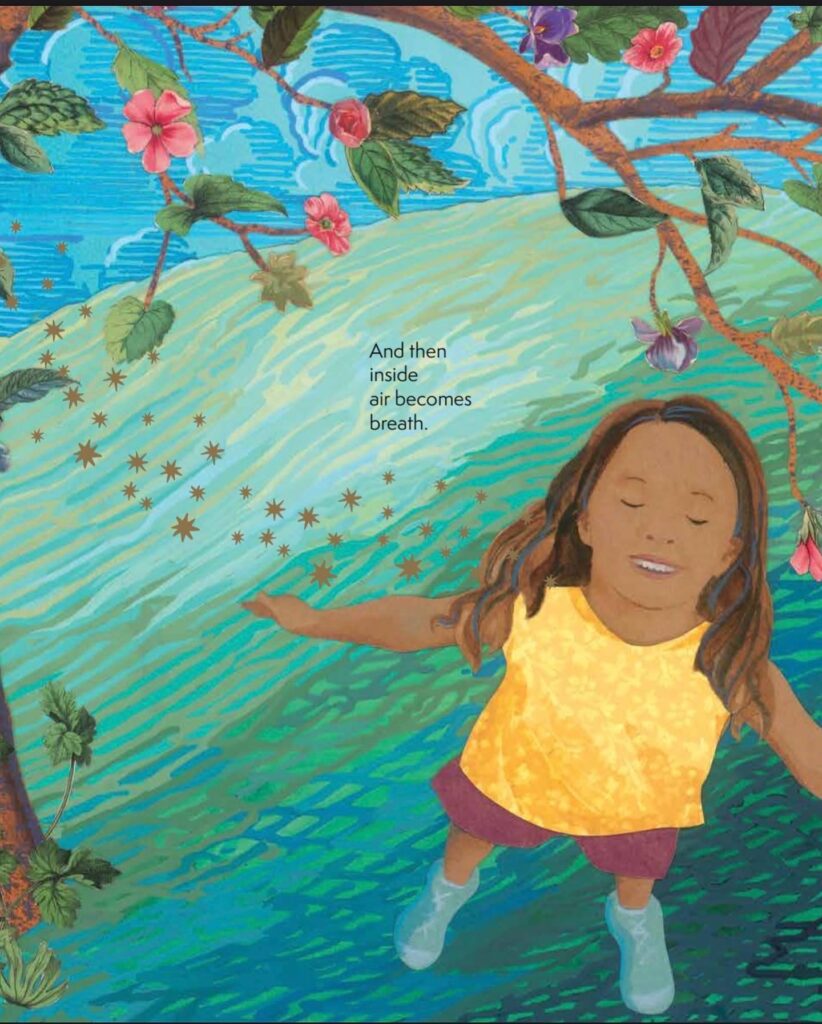
Another quote by Rumi in WAVE takes this appreciation to a whole other level: “The universe and the light of the stars come through me.” (WAVE, pg. 302) Even though he wrote that in the 13th century, modern science has confirmed that it’s true. The oxygen we breathe was made in the fusion reaction of stars. When we can’t find gratitude for anything else, this is a pretty good place to start.
* Practice persistence and hope
Ava hears this Rumi poem after receiving some heartbreaking news.
“Keep knocking, and the joy inside/will eventually open a window/and look out to see who’s there.” (WAVE, pg. 180)
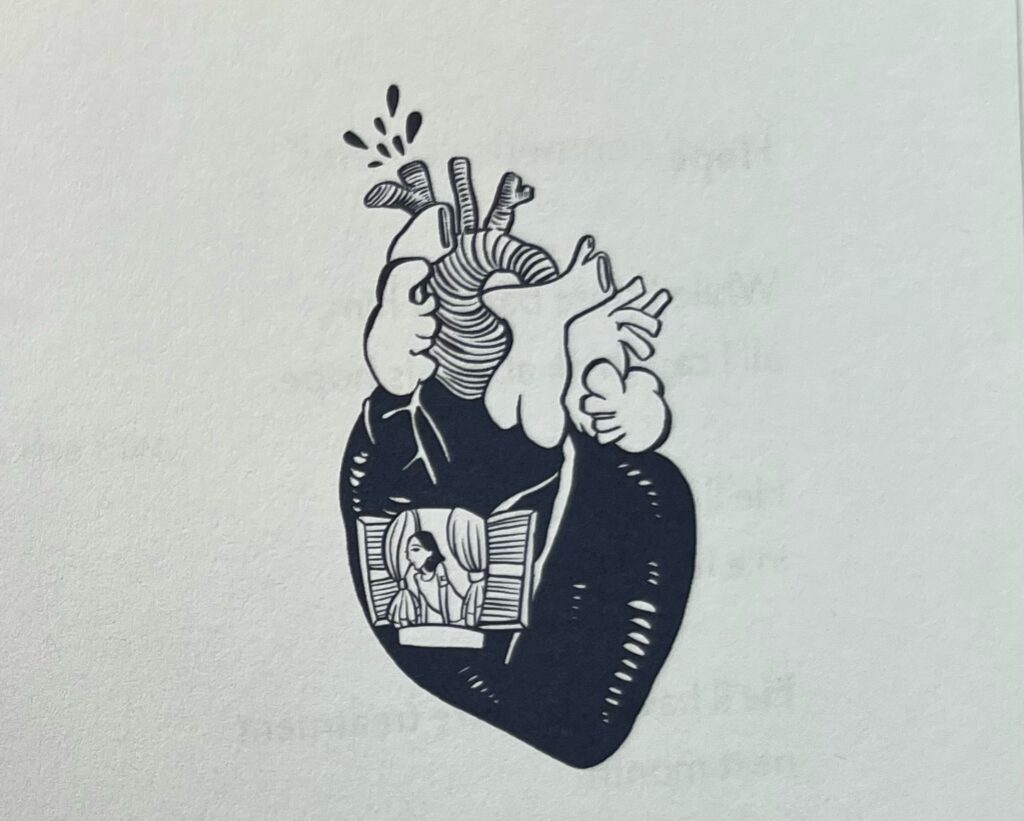

Ava eventually gets back on her board, both in and out of the water, and like all surfers who keep looking for the next good wave, she shows us that trying, and trying again, makes life a hope filled wonder of a ride.
Writing WAVE was a tremendous ride. Kirkus called the book “Raw and powerful…Rich, layered, and heart-rending.” BookPage described it as “honest and often profound.” WAVE was named one of the best middle grade books of 2022 by The School Library Journal and it won the 2022 Cybils award for poetry novel, among other recognitions, that for this debut novelist have been a dream come true. But the greatest gift of writing it for me has been the chance to connect with WAVE’s readers. A close second, was making WAVE playlists, available on Spotify! I’ll be listening, and staying afloat, with you.
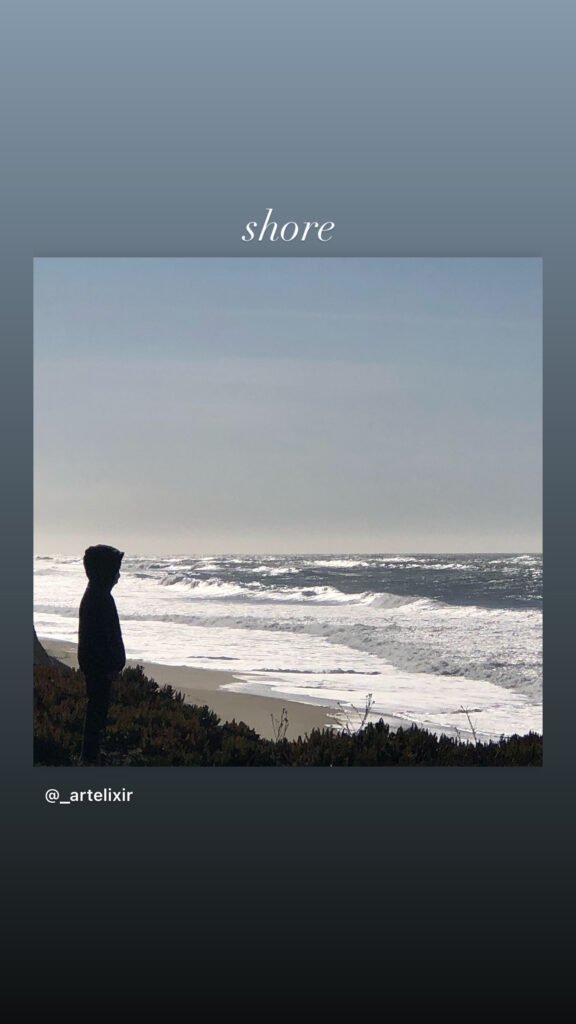
[1] https://www.apa.org/topics/resilience
[2] https://www.who.int/news-room/fact-sheets/detail/mental-health-strengthening-our-response
[3] NYT https://www.nytimes.com/2023/01/03/well/live/awe-wonder-dacher-keltner.html
[4] from: https://www.washingtonpost.com/wellness/2023/06/25/singing-with-others-mental-physical-health/
[5] https://www.psychologytoday.com/us/blog/beyond-words/202003/resilience-and-the-practice-gratitude
Meet the author
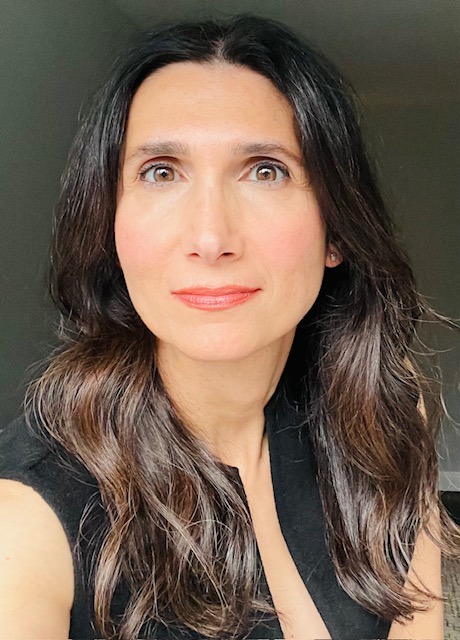
ADVERTISEMENT
ADVERTISEMENT
Diana Farid is an award-winning author and poet. Her picture book, WHEN YOU BREATHE, was a National Council of Teachers of English notable poetry book. Her verse novel, WAVE, was the 2022 Cybils Award winner for poetry novel and was a School Library Journal Best Middle Grade Book of 2022. Her picture book, THE LIGHT OF HOME, and board book, ALREADY, ALL THE LOVE, release later this year. She is also a physician and associate professor at Stanford University.
author website: dianafarid.com
Instagram and X: @_artelixir
About Wave
Winner of the Cybils Award for Poetry Novel, Diana Farid’s Wave is a coming-of-age novel in verse set in 1980s Southern California, about a Persian American girl who rides the waves, falls, and finds her way back to the shore, illustrated by Kris Goto.
Junior Library Guild Gold Standard Selection
A School Library Journal Best Middle Grade Book 2022
A Golden Poppy Finalist for Mirrors & Windows and Middle Grade
Thirteen-year-old Ava loves to surf and to sing. Singing and reading Rumi poems settle her mild OCD, and catching waves with her best friend, Phoenix, lets her fit in—her olive skin looks tan, not foreign.
But then Ava has to spend the summer before ninth grade volunteering at the hospital to follow in her single mother’s footsteps to become a doctor. And when Phoenix’s past lymphoma surges back, not even surfing, singing, or poetry can keep them afloat, threatening Ava’s hold on the one place and the one person that make her feel like she belongs.
With ocean-like rhythm and lyricism, Wave is about a girl who rides the waves, tumbles, and finds her way back to the shore.
ISBN-13: 9781951836580
Publisher: Cameron Kids
Publication date: 03/29/2022
Age Range: 10 – 14 Years
Filed under: Guest Post
About Amanda MacGregor
Amanda MacGregor works in an elementary library, loves dogs, and can be found on Twitter @CiteSomething.
ADVERTISEMENT
ADVERTISEMENT
SLJ Blog Network
Name That LEGO Book Cover! (#53)
Review of the Day: Being Home by Traci Sorell, ill. Michaela Goade
Exclusive: Vol. 2 of The Weirn Books Is Coming in October | News
Fighting Public School Book Bans with the Civil Rights Act
ADVERTISEMENT







